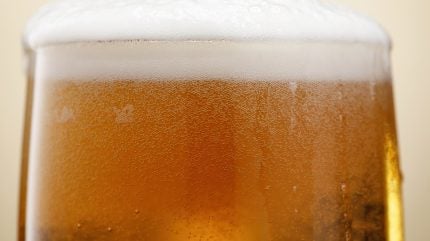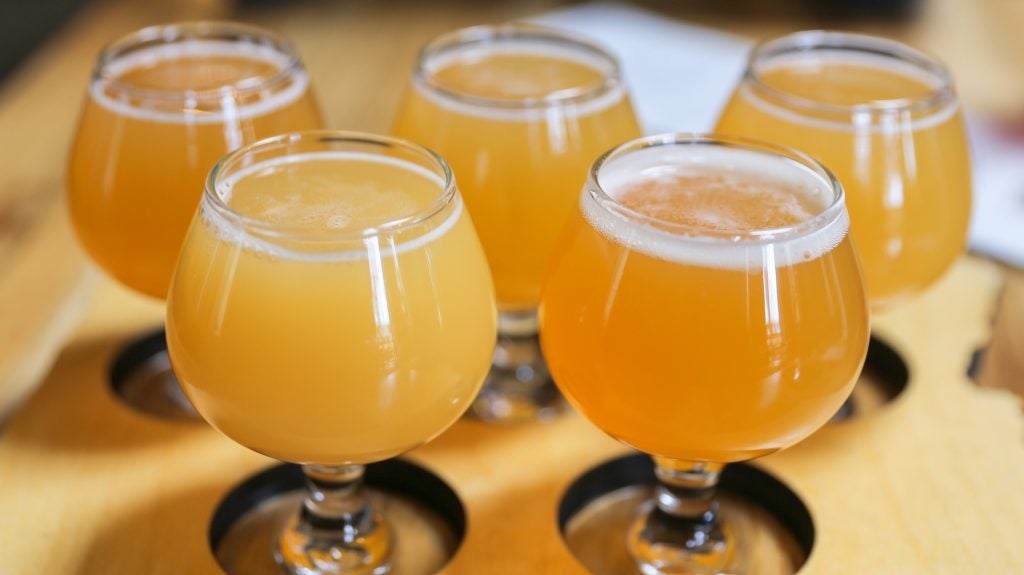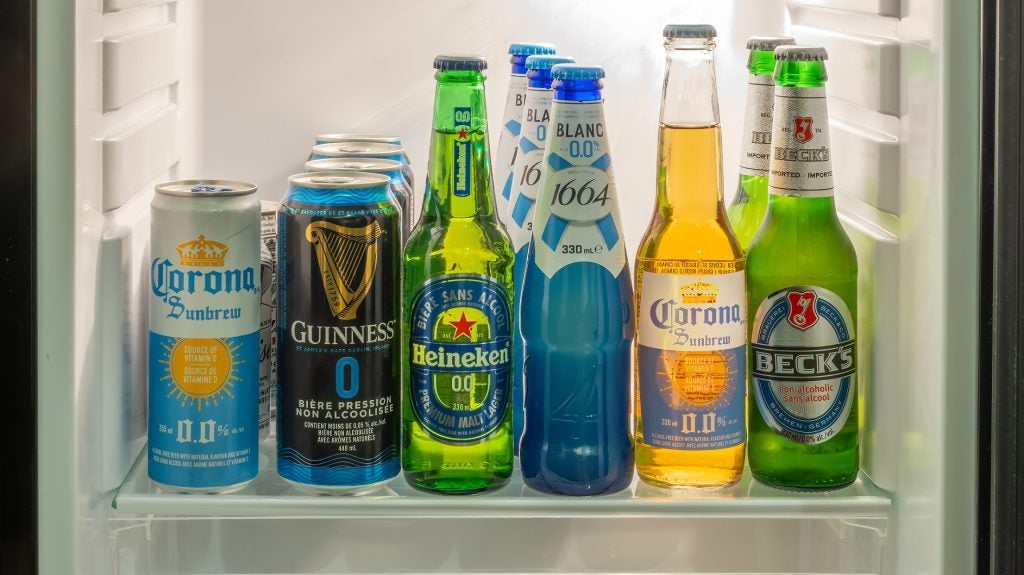
In the early 1990s, during a cross-Canada tour in support of my second book about beer, I was approached by a gentleman touting the local brewery he had just opened. Visibly proud, he explained that both beers brewed thus far – an altbier and an amber lager – had been fermented by an “authentic” German yeast strain.
Taking sips of each, then doing the same again just to be sure, I asked him about the distinctive fruitiness I could taste in both, out of politeness not mentioning that it was very evident said fruit was banana. Yes, he replied enthusiastically, that comes from the yeast!
Turns out, the “authentic” yeast he was employing to ferment both a lager and an altbier was of the hefeweizen family.
While an admittedly extreme example, that was largely the extent of the understanding of yeast in the early days of North American craft brewing. Under-experienced home brewers and beer novice entrepreneurs were opening breweries left and right, hoping to capitalise on a booming market and a thirsty public in search of something, anything outside of the mainstream. Even if that something different was a bastardisation of style and fermentation.
Innovation brewing
Thankfully, things are much different today. Not only is fermentation far better and more generally understood but yeast appears to be on the verge of having its break-out moment.
“One of the biggest changes we’ve seen in the past ten years from brewers is that more and more have realised the importance of how strain selection affects the final beer,” says Andy Diacetis, North American regional sales manager for yeast supplier Lallemand Brewing. “We’re at a point now where breweries are actually starting to include the yeast strain on their packaging, similar to how they’ve traditionally listed their hops. Yeast is sexy.”
Jan-Philippe Barbeau, Canadian regional sales manager for Fermentis, another yeast supplier, echoes Diacetis’ thoughts. “Brewers are increasingly focusing on their choice of yeast, fully aware of its impact on every aspect of their craft and breweries are more knowledgeable about yeast and fermentation than ever,” he says. “Advancements in science and technology, innovative ingredients, consumer curiosity and the necessity to innovate and be creative are shaping new beer styles and the demand for them.”

One such new beer style is, of course, the now-ubiquitous New England or hazy IPA. Its popularity is one factor that has very much pushed forward interest in yeast.
“Hazy IPA is one of the first times in recent memory when biotransformative yeast became popular,” says Richard Preiss, founder of Canada’s Escarpment Labs. Biotransformation, he explains, is when yeast interacts with other ingredients with the effect that you get more aroma and flavour from the same amount of barley and hops, effectively adding character to your beer at little to no additional cost.
“Technology like biotransformation in yeast has been around for quite a while but its application has been very slow,” says Preiss. “It’s only really within the last five years that we’re seeing significant movement on that front.”
A great believer in the power of biotransformation is Roger Cuzelis, head brewer at Chicago’s Maplewood Brewery and Distillery.
“We use biotransformation on a regular basis, focused on not only thiol precursors but also hop compounds that interact during the fermentation process,” he says, “It’s a tool in our belt that we use with great results across many different beer styles, (pushing) the boundaries and educating our consumers on the vast array of flavors and aromas we are unable to unlock.”
Craft competition driving interest
Beyond the rise of the hazy IPA, Preiss and others attribute the growing interest in yeast at least in part to increased competition in the craft sector.
“Ten years ago, it was easy to open a brewery and make a living by brewing the same beers that were being made ten or twenty miles down the road,” Preiss observes. “But today there is a lot more competition and consumers have a lot more choice, so the bar is set just that much higher.”
None of which is to say that it is only yeast companies like Fermentis and Lallemand that are pushing forward the yeast envelope. Regional operations like England’s Thornbridge Brewery, which recently added a set of Burton union fermenters to their brewhouse after Carlsberg Marston decommissioned them, relish the flexibility that in-house yeast propagation affords them.
“(While) we have three house yeast strains, we often propagate yeast like Belgian strains for special releases,” says head brewer Rob Lovatt. “I think (having) the yeast propagator on site is a huge benefit for us since we can practically utilise any yeast strain we like.”
With yeast propagators hardly being ubiquitous in the craft brewing sector, for those lacking that technology, like Olivier Dupras, co-owner and head brewer at Montréal’s Isle de Garde, there is always the ‘hunter-gatherer’ approach.
Reached while he was in Bavaria tracking down a specific hefeweizen yeast, Dupras voices the opinion that bioengineered yeast might just be a bit of a false idol for brewers today.
“I don’t think you need modern or bioengineered yeast to brew better beer; you need a brewer who spends years and years working with a yeast and can tell you how it reacts to different conditions,” he says. “You need to know your goals, know the characteristics of the beer you want and, if you need short-cuts, talk to brewers who really know their yeast to see if and how you can use it.”
The benefits for no-and-low
One area benefiting from the new breed of bioengineered yeast strains is the burgeoning segment of no- and low-alcohol beer. Returning to the topic of biotransformation, Escarpment Labs’ Preiss makes the case that a large part of the recent and impressive improvement in the quality of no-and-low beers in terms of aroma and flavour can be traced directly to yeast strains.
“No- and low-alcohol beer is a market that’s still tiny but growing quickly,” he says. “There are certainly several ways in which yeast can play a role in those areas, such as using biotransformation to get more flavour out of a smaller amount of ingredients.”

Fermentis’ Barbeau explains the science behind that increased flavour and aroma.
“Yeasts can biotransform terpenic compounds (such as geraniol, linalool, and citronellol) and thiolic compounds (like 4-mercapto-4-methyl-2-pentanone and 3-sulfanyl-hexanol), enhancing fruity or floral profiles,” he says. “Reactions mediated by yeast enzymes release terpenes or convert them into different forms, enhancing the aromatic intensity of the beer and contributing to the so-called ‘juicy’ characteristics.”
Efficiency gains
Of course, where yeast is concerned it is not necessarily all about aromas and flavours. Particularly today, as input costs soar and competition grows, yeast selection may also assist in brewhouse efficiency.
“There have been a lot of cool developments in yeast efficiency,” says Preiss. “We can now speed things up so that brewers can complete fermentation in three or four days rather than six or seven.”
All the brewers and yeast specialists surveyed are optimistic that yeast’s future will only get rosier as the advantages delivered by various strains are more fully understood. Fermentis’ Barbeau envisions a time when pitching two or more yeasts will become, if not necessarily commonplace, then certainly more prevalent.
“Pure fermentation with a single yeast strain is a relatively new practice in the beer industry, dating from only 125 to 150 years ago, before which all beers were produced with mixed cultures,” he says. “But now that we know how to manipulate yeast cultures more precisely, why not use one strain that is good to enhance haze but has a malt-forward, stone fruit character, such as SafAle S-04, and mix it with one that will produce strong tropical flavors and release thiols, like SafAle K-97?”
Why not, indeed. With more yeasts at their disposal and the possibility of forming a tapestry of flavours by employing multiple strains at once, all with greater efficiency and flavour extraction, it’s a safe bet the story of how modern brewers use yeast has only started to be written.



